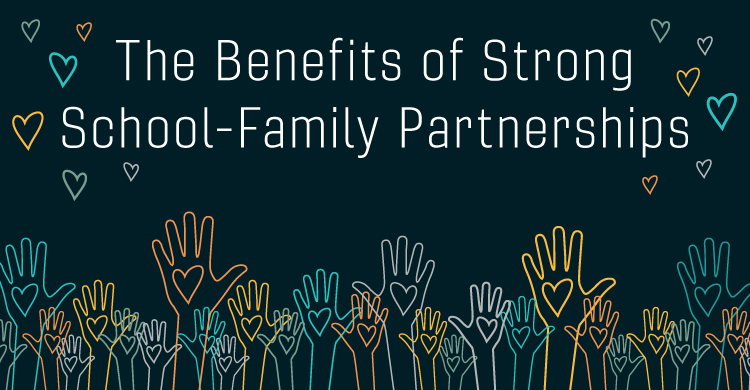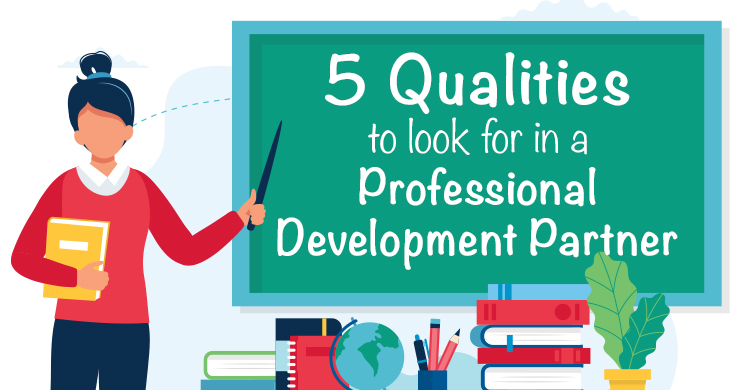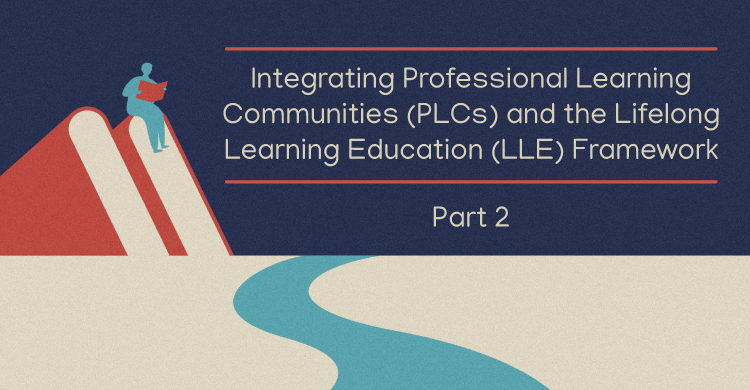The quickest way to get me to disengage from most anything is to make me feel that I don’t have a say in what’s going to have an impact on me. That is especially true if I’ve been asked to invest my time and effort where a long-term commitment is required. On the other hand, whether leading educational change or being affected by it, I fully commit when I experience being listened to and am part of a collaborative effort for the greater good.
Much has been researched and written about PLCs and the impact of teacher leadership on teaching and learning. Fundamentally, it comes down to teacher voice:
- Is there a venue within which I can use my voice for productive impact?
- Is my voice heard?
- Am I hearing my colleagues’ voices?
- Am I willing to disclose my truth even when I’m not sure it will be welcome?
- Am I willing to spend time not knowing until we reach a collective answer?
- Are there tools and processes that we can use to help us move forward?
Several years ago, I had the experience of leading a group of teachers in the development of a teacher leadership program. I still remember them looking at me and expecting me to give them “the answer.” Quite frankly, I had no idea how our district’s teacher leadership program should be defined. But I did have the presence of mind to know that we could figure it out together. As we worked over a period of several months, their individual and collective voices blossomed into what would become a national model of teacher leadership. At the end of our work developing the program, the group beseech-ed me to ask the superintendent for permission for them to be the first cohort. They owned it! For many years, they continued the work of leading others through the program with the result that teacher leaders grew and impacted more and more schools and the entire district.
In my current work as a consultant, I recently observed a district-wide group composed of more than twenty individuals who were selected to be internal coaches and trainers of the SMART School Improvement Process. As external providers, we brought tools, processes and ideas about how to build their capacity to lead the process. While many decisions are still to be made about the structures and logistics that pertain to their roles, after only our second session together, they spoke up, wanting to begin defining their roles and possible uses. During an online meeting to prepare for our next in-person session, the group asked for a facilitator to ensure that all voices will be heard. I had chills.
It is so exciting to help create the container that allows educators to use their voices to empower themselves, to own their work, and to support their collective efforts. These empowered voices assure us that our work together will live on.
[author_bio id=”383″]






